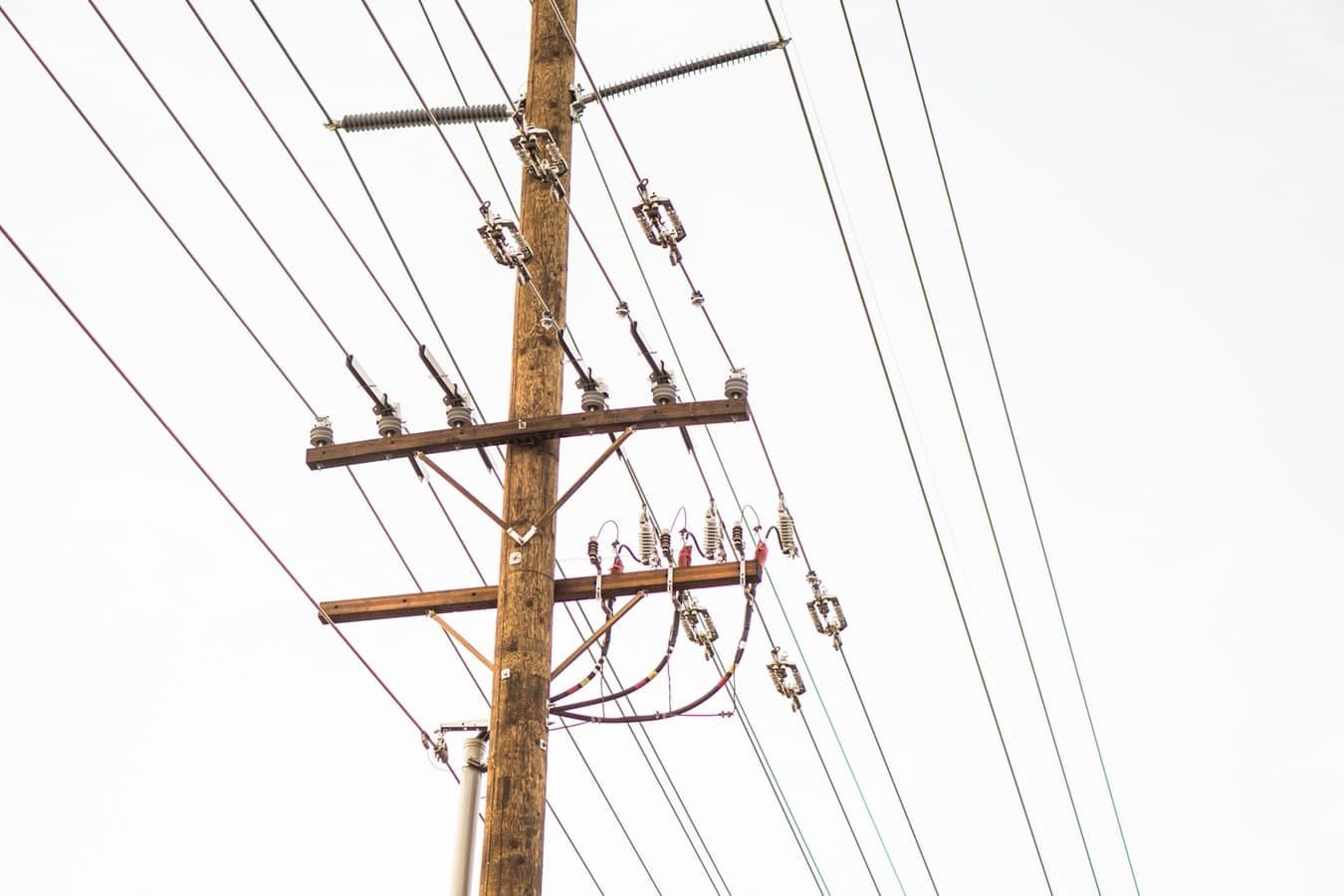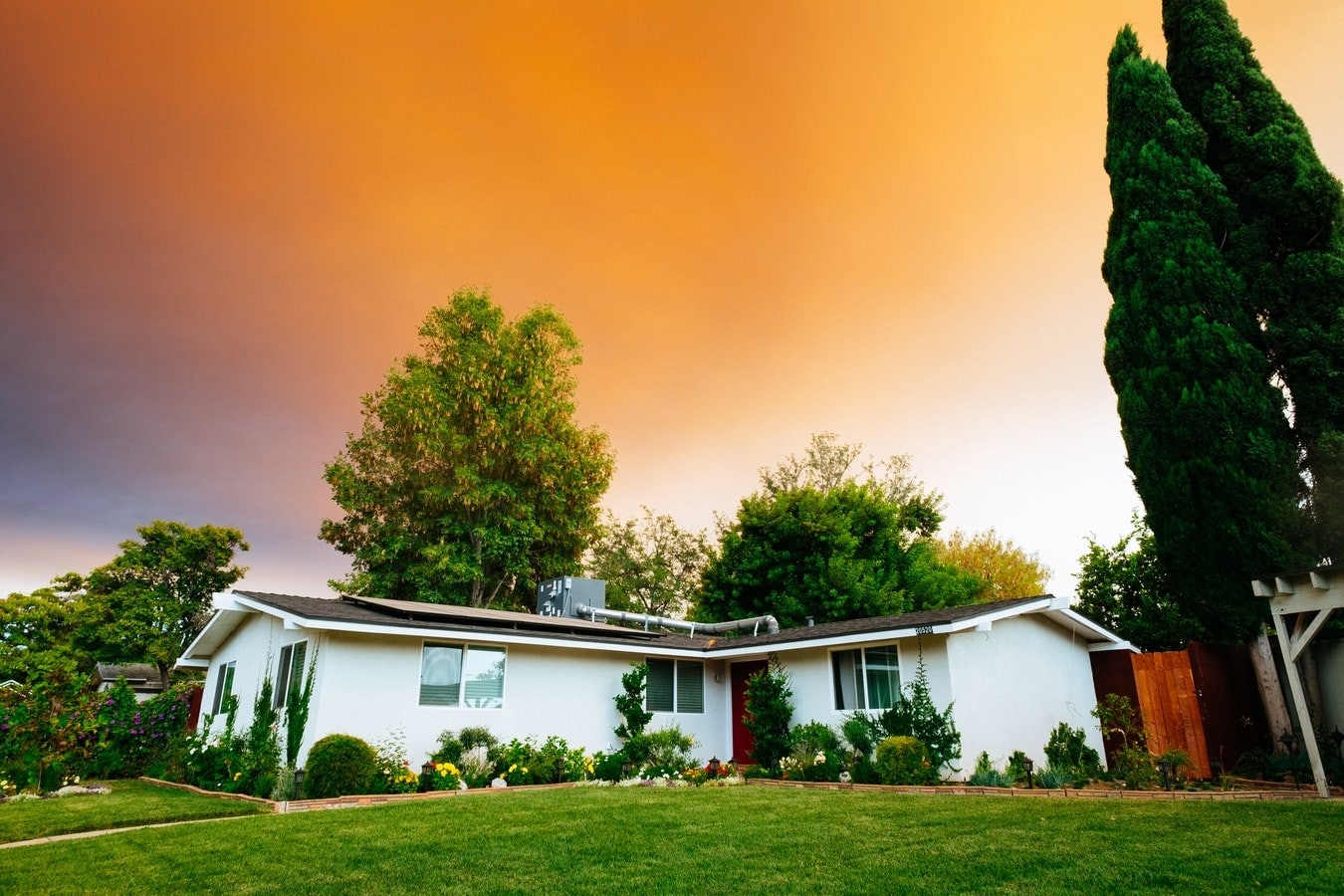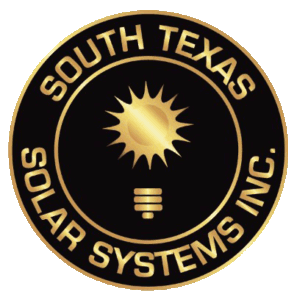
The biggest step in switching to solar, is deciding to do so! You don’t need to worry about the rest, because South Texas Solar Systems will be ready to guide you from there on out, starting with picking the system that works best for you!
To save you hours of research about what system to choose, we’ve summarized the information in a convenient manner below.
There are three main kinds of solar systems you can use to power your home or business:
- Grid-tied system:
The most common type of system is grid-tied, meaning anyone connected to a local power grid to can bring energy to their home through their panels, using the grid as backup on cloudy days and such.
For example, sunny months may bring a lot of production and actually cover all of your electric bill, and then some. This is when “credits” are applied to your bill, so perhaps the next month happens to be cloudy and your entire bill is not covered by your solar.
Credits can then be applied to that month! This of course depends on your utility company, but San Antonio’s own CPS goes by this very system!
This type of system is the cheapest option and offers the highest return on investment (ROI). This option is perfect for homeowners that are trying to save money on their electric bills, without having to completely leave their utility company.
- Off-grid systems:

Photo by @ajb retrieved from: Unsplash
The difference between a grid-tied and an off-grid solar system is just as their names state; grid-tied systems are “on the grid” while off-grid systems are not.
Off-grid solar power systems use their solar panels to charge a bank of batteries. These batteries can then power your home.
They are ideal for remote or undeveloped places with no access to utility power.
The number of batteries required for this type of system heavily depends on what appliances are wanted to be charged. Take, for example, a refrigerator.
We probably want that running throughout the day if we have food in there. We need the solar system to be able to charge the batteries because they are our backup source of power.
Unlike grid-tied systems, we rely on these batteries to keep our power on.
- Grid tied with backup:

Photo by @gusruballo retrieved from: Unsplash
Even if your home is connected to the local utility company, there is the possibility of power outages during storms or otherwise, especially if your home is in a region with unreliable power.
If this is your case, the best solar option for you may be to stay connected to the grid (grid-tied), but have a battery bank that acts as a backup during power outages.
This system is more expensive and has a lower ROI than the solely grid-tied system, however it is still eligible for credits from the utility company,
At South Texas Solar Systems Inc., we strive to ensure whatever photovoltaic (PV) system you choose works perfectly for your needs. If you’ve already realized switching to solar is the best decision for you (and quite frankly, the world), what are you waiting for to make it happen?
Get a free quote today by clicking on the link below and find out how much you can save!
www.txsolarsystems.com/free-estimate
